The fundamental use of Steadicam has always been a simple one; to stabilise the camera over terrain that cannot be laid with track and dolly.
Over the years there have been various developments in the construction of stabilised systems, the first being – Steadicam, designed by Mr. Garrett Brown in 1974 for use on films which required long developing shots, most famously ‘The Shining’, but more specific to the story ‘Rocky’. Then other systems were developed to specific requirements by other operators such as the Pro system, designed by George Paddock.
After realising that most Steadicam Operators including myself have a tendancy to modify their rig to a specific design, the way forward was Modular systems, although I have a Nexus Sled, I own Walter Klassen Backmounted vests, GPI Pro-Arms, Betz top-stages and Boland Monitors, all being completely designed and manufactured by different Steadicam Operators. What the MK-V Infinity sled has enabled is the bringing together of optimum equipment for custom specification.
But, Steadicam has its limitations; it could only be used in two modes normal and low mode. To switch between modes took time and would charge DOP’s and 1st AD’s to schedule shots around Steadicam modes.
The Omega enables you to go from high mode to low mode as quickly as you can humanly flip the rig. Although the rig flips very easily to switch between modes, shots can also be attained while the rig is in transition. This is possible because the rig uses auto stabilizing engineering, both electronic and software driven. This is an exciting possibility as now a shot that had to be cut in two, can now be allowed to develop, from right on the ground to nearly 10 feet high, all the while tracking.
In terms of the difference between Steadicam and Omega operating, the Omega is a system that requires the operator’s full attention and awareness to their surroundings and more importantly how the rig needs to be handled while transitions are applied. You find yourself dancing with the rig to get ahead of the forthcoming shot. The best way to operate the system is to think of it as a floating head on the end of a pole, the Arm and vest of the ‘Steadicam’ side of the system needs to be set to the operator’s requirements and used as second nature.
Now you can start with the camera inside a car and track laterally across the interior and continue the shot to the exterior. Open a shot on a pair of feet walking and track 360 degrees around, to then boom up the body to the head and then look down at the person, all the time tracking 360.
Even fundamental Steadicam shots are incredibly rigid as the Omega self levels itself, so a quick move off is now completely stable. Whip pans end with a perfect horizontal frame, this also means the rig can be used in windy environments without the use of gyros.
The Omega is suited best for the ARRI Mini camera body, this digital setup allows for the full dynamic range allowable with the Omega.
The correct setup and balancing of the Omega head and Sled system, is paramount as the systems function depends on both the nodal mass inside the head and the Centre of Gravity around the gimbal on the sled. Once the camera is neutrally balanced within the head, the sled must be neutrally balanced in the horizontal position. This allows the operator to have full control as the system passes through the mid mode.
Although the Sled is neutral in mid mode, there is still a drop time of 5 –6 seconds in High and Low modes. Therefore operation in High and Low mode is not dissimilar to Steadicam operation. But, while passing through mid mode the rig’s handling is completely different and this is what requires the greatest skill.
From high to low, the operator must grip the Gimbal tight to maintain Head and looking room, while tilting. Then as the sled is moved through mid mode the grip on the gimbal must become fingertip light as you have passed into neutral, Head room must be acquired by twisting the gimbal and panning for looking room. Then as you move into low mode a stronger grip must be acquired and tilting and panning the post for head and looking room. If the Camera must pass through a straight line the operator must step out and in to cancel out the natural arc of the sled around the Gimbal..
All this can be done quite easily while not tracking, but when tracking; the direction of travel, Arm positioning, Omega head positioning, Subject position, footwork, acceleration, deceleration all become important factors in getting that amazing shot.
Choreography of the shot is very important as timings and positions are not just for the actors, but for the Omega operator to plan and maintain camera and their own body positions.
With all these factors in mind the physical exertion is a lot more for Omega operation than of Steadicam operating. Depending on what format of camera you are using the Omega will add around 20 pounds to a conventional Steadicam package. Also, in the transition stage of high to low mode, you must push the sled away from you, which puts a lot more stress on your back. But, because of the systems technology using the Omega in normal modes is a lot easier as you can operate in more comfortable positions as the post does not have to be straight for level shots.
The Omega is an amazing piece of equipment, it should be thought of as a tool to create seamless shots. With time it will be a must throughout the industry.
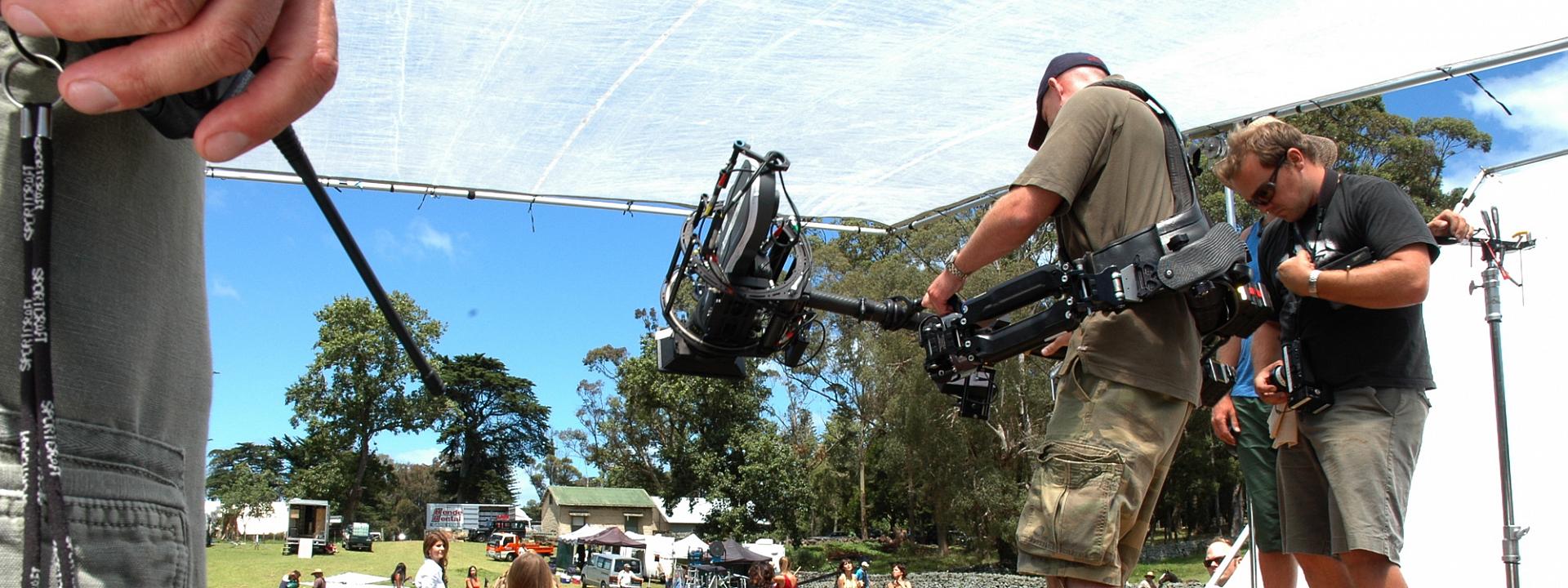
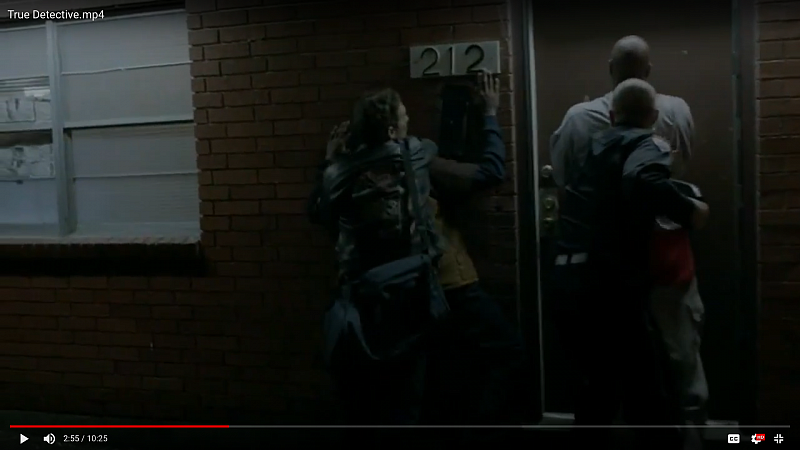
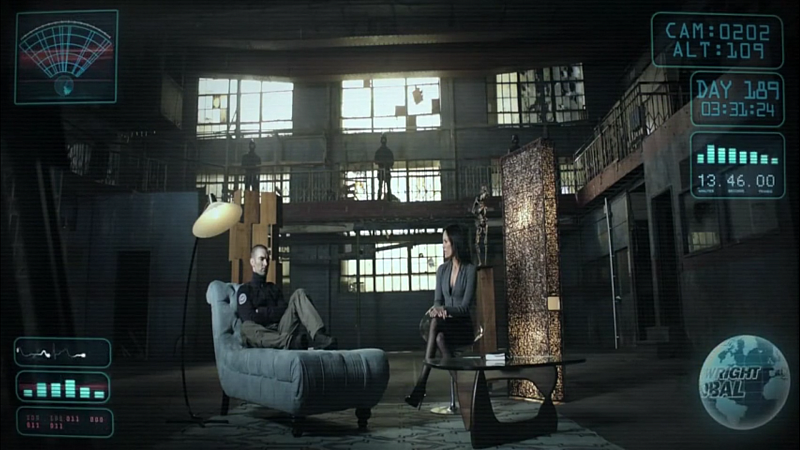
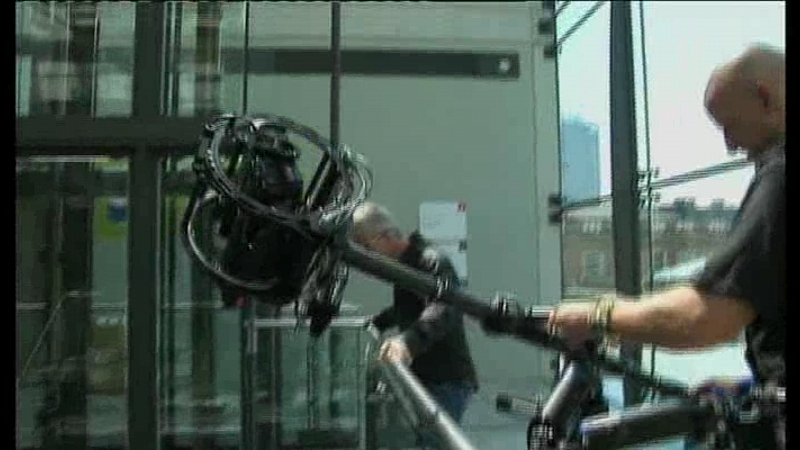
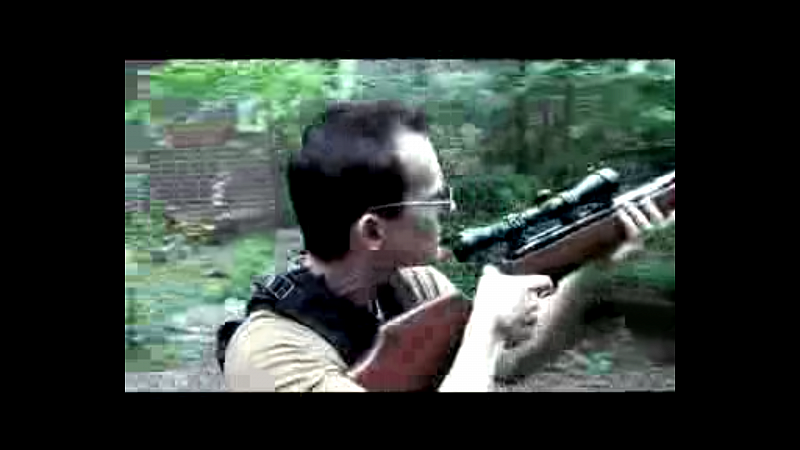
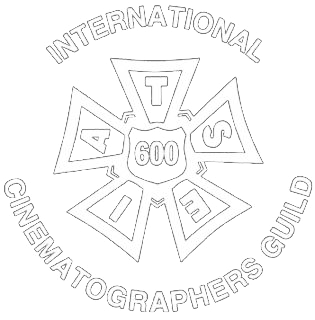 Copyright © 2017 Christopher TJ McGuire. All rights reserved.
Copyright © 2017 Christopher TJ McGuire. All rights reserved.